![Cage, John: Music Of Changes (1951) (Hat [now] ART) Cage, John: Music Of Changes (1951) (Hat [now] ART)](https://www.teuthida.com/productImages/misc4/CageMusic.jpg)
"Music of Changes" was composed by John Cage using the hexagrams of the I Ching and has no sense of structure, continuity, rhythm, or speed; change itself is the only consistent aspect of the work.
In Stock
Quantity in Basket: None
Log In to use our Wish List
Shipping Weight: 3.00 units
EU & UK Customers:
Discogs.com can handle your VAT payments
So please order through Discogs
David Tudor-piano
Click an artist name above to see in-stock items for that artist.
UPC: 752156017325
Label: Hat [now] ART
Catalog ID: 173
Squidco Product Code: 16311
Format: CD
Condition: New
Released: 2012
Country: Switzerland
Packaging: Cardstock 3 page foldover
Recorded at WDR Koln, Funkhaus Wallrafplatz, Saal 2 on November 25th, 1956 by Wilhelm Aulenkamp.
"The title is a double pun. The score is the first that John Cage devised allowing the hexagrams of the I Ching to fully determin e how the music would procee d, event by event, gesture by gesture-the musical details (pitch, duration, dynamic s, density, tempi) being painstakingly, albeit fortuitously, derived through point-by-point con sultation from charts of possi bilities designed by the composer. (Christian Wolff, Cage's young friend and musical associate, had presented Cage with a copy of the book, which had been published by his father, Kurt Wolff. I Ching = Book of Changes = Music of Changes.) Too, the music, as an entity, is constantly changing. There is no guidin g sense of continuity of line, rhythm, speed, or textur e. The relationship between events-the glue-which holds the music together can be neither tonally nor structurally defined. Change appears to be its only un changing characteristic, its ultimate identity."-Art Lange

The Squid's Ear!
Artist Biographies
• Show Bio for David Tudor "David Tudor was born in Philadelphia, PA, in 1926. He studied with H. William Hawke (organ, theory), Irma Wolpe Rademacher (piano) and Stephan Wolpe (composition and analysis).His first professional activity was as an organist, and he subsequently became known as one of the leading avante-garde pianists of our time. Tudor gave highly acclaimed first or early performances of worksby contemporary composers Earle Brown, Sylvano Bussotti, Morton Feldman, Karlheinz Stockhausen, Christian Wolff, Stephan Wolpe, and La Monte Young, among others. Tudor began working with John Cage in the early fifties, as a member of the Merce Cunningham Dance Company and with Cage's Project of Music for Electronic Tape. Tudor gradually ended his active career as a pianist, turning exclusively to the composition of live electronic music. As a composer, Tudor chose specific electronic components and their interconnections to define both composition and performance drawing upon resources that were both flexible and complex. Tudor was one of four Core Artists who collaborated on the design of the Pepsi Pavilion for Expo '70, Osaka, Japan, a project of Experiments in Art and Technology, Inc. Many of Tudor's compositions have involved collaborative visual forces: light systems, laser projections, dance, theater, television, film. Tudor's last project, Toneburst: Maps and Fragments, was a collaboration with visual artist Sophia Ogielska. Tudor's several collaborations with visual artist Jacqueline Monnier included the development of a kite environment installed at the Whitney Museum (Philip Morris, NYC) in 1986, at the exhibition "Klangraume" in Dusseldorf in 1988, and at the Jack Tilton Gallery in New York City in 1990. Other collaborators have included Lowell Cross, Molly Davies, Viola Farber, Anthony Martin, and Robert Rauschenberg. Tudor had been affiliated with the Merce Cunningham Dance Company (MCDC) since its inception in the summer of 1953. In 1992, after CageÕs death, Tudor took over as Music Director of MCDC. Merce Cunningham has commissioned numerous works from Tudor, including Rainforest I (1968); Toneburst (1974); Weatherings (1978); Phonemes (1981); Sextet for Seven (1982); Fragments (1984); Webwork (1987), Five Stone Wind (1988), Virtual Focus (1990); Neural Network Plus (1992); and most recently Soundings: Ocean Diary (1994) for what was John Cage's last conception, Ocean. David Tudor passed away on August 13, 1996 at his home in Tomkins Cove, NY." ^ Hide Bio for David Tudor
11/29/2024
Have a better biography or biography source? Please Contact Us so that we can update this biography.
Track Listing:
1. Music of Changes Books 1-4 (1951): Book I 4:11
2. Music of Changes Books 1-4 (1951): Book II 18:44
3. Music of Changes Books 1-4 (1951): Book III 10:36
4. Music of Changes Books 1-4 (1951): Book IV 11:03
Compositional Forms
Avant-Garde
John Cage
Solo Artist Recordings
Hat Art
Search for other titles on the label:
Hat [now] ART.



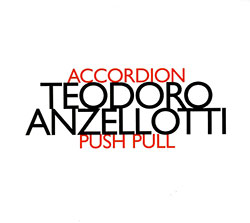








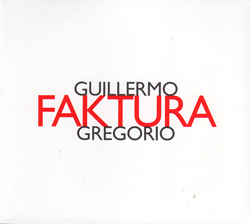


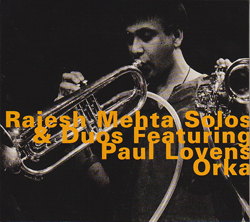
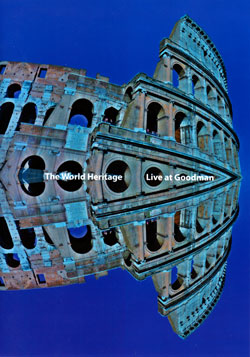
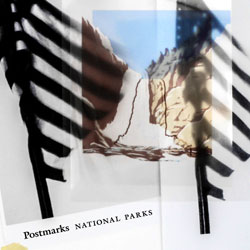
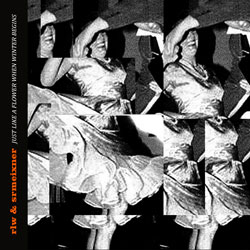

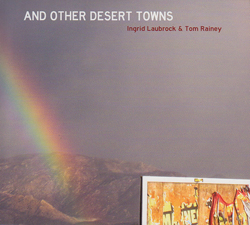

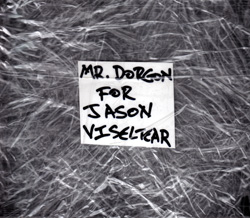











![Weston, Matt: Communism Has Appeared On The Scene [VINYL 2 LPs]](https://www.teuthida.com/productImages/misc4/35546.jpg)
![Coleman, Steve & Five Elements: PolyTropos / Of Many Turns [2 CDs]](https://www.teuthida.com/productImages/misc4/35476.jpg)
![Sorey, Tyshawn (w/ Diehl / Ragahavan): The Susceptible Now [DOUBLE VINYL]](https://www.teuthida.com/productImages/misc4/35477.jpg)
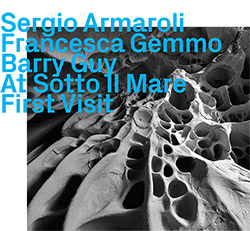
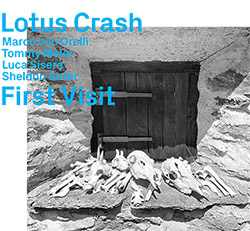
![John Coltrane Quartet (Coltrane / Tyner / Garrison / Jones): Impressions From Graz 1962, Revisited [2 CDs]](https://www.teuthida.com/productImages/misc4/35495.jpg)
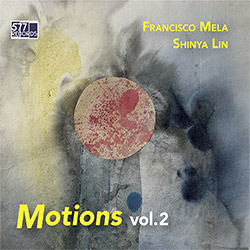
![Guy, Barry / Ken Vandermark: Occasional Poems [2 CDs]](https://www.teuthida.com/productImages/misc4/34849.jpg)
![Novoa / Carter / Mela Trio: Vol.1 [VINYL]](https://www.teuthida.com/productImages/misc4/35236.jpg)
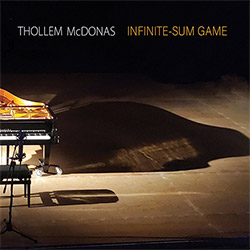

![Elephant9 : Mythical River [VINYL]](https://www.teuthida.com/productImages/misc4/34624.jpg)
![Evans, Peter (Evans / Eldh / Black): Extra [VINYL]](https://www.teuthida.com/productImages/misc4/35279.jpg)

![McPhee, Joe: Straight Up, Without Wings [BOOK]](https://www.teuthida.com/productImages/misc4/35454.jpg)
![Jeck, Philip: rpm [2 CDs]](https://www.teuthida.com/productImages/misc4/35455.jpg)
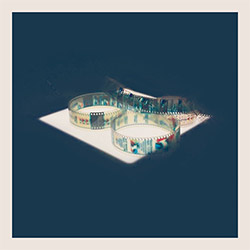
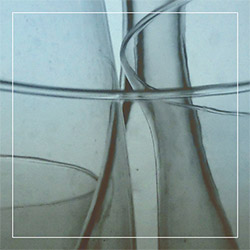

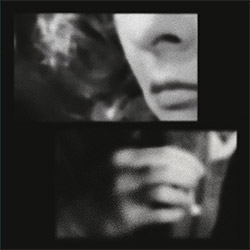





![Barker / Parker / Irabagon: Bakunawa [VINYL]](https://www.teuthida.com/productImages/misc4/35533.jpg)


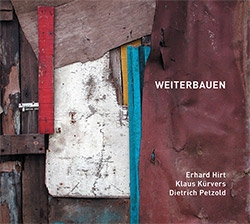

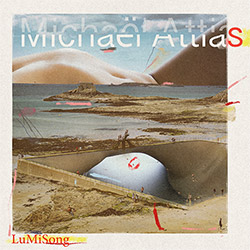
![Blaser, Samuel / Marc Ducret / Peter Bruun: Dark Was The Night, Cold Was The Ground [VINYL 10-inch]](https://www.teuthida.com/productImages/misc4/35492.jpg)



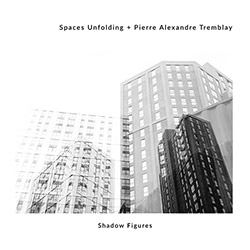

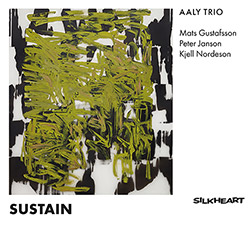
![Warren, Kenny (Warren / Hoffman / Ellman): Sweet World [VINYL]](https://www.teuthida.com/productImages/misc4/35451.jpg)


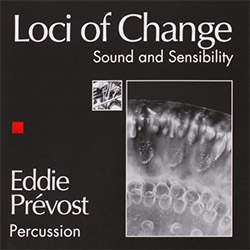

![Blake, Ran / Dave Knife Fabris: Live Amsterdam 2006, First Visit [CD + POSTCARDS]](https://www.teuthida.com/productImages/misc4/35275.jpg)

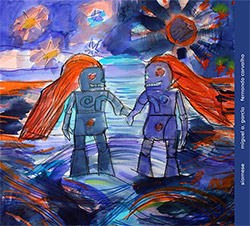


![DNS: Taking Big Bites Of The Khandas Three Cafes Deep [2 CDs]](https://www.teuthida.com/productImages/misc4/35334.jpg)
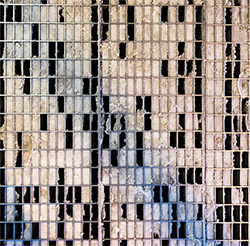
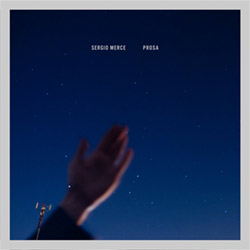
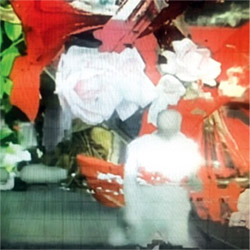

![Cleaver, Gerald: The Process [VINYL]](https://www.teuthida.com/productImages/misc4/34966.jpg)
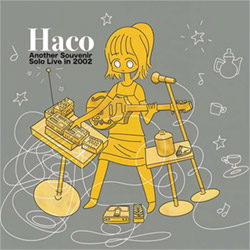


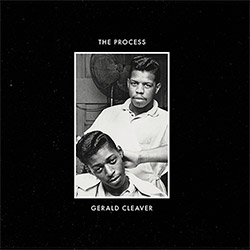
![Alva Noto: HYbr:ID II [VINYL 2 LPs]](https://www.teuthida.com/productImages/misc4/35201.jpg)
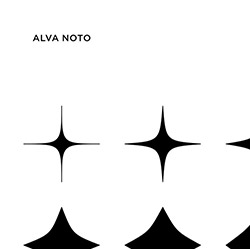
![Baron, Derek / Luke Martin: Distinct and Concealed [CASSETTE + DOWNLOAD]](https://www.teuthida.com/productImages/misc4/35079.jpg)
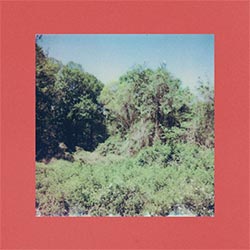
![Lyle, Erica Dawn : Colonial Motels [CASSETTE + DOWNLOAD]](https://www.teuthida.com/productImages/misc4/35080.jpg)


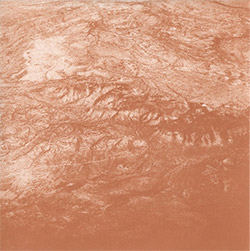
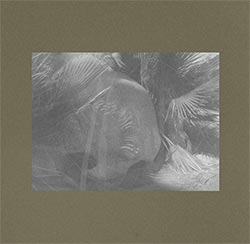
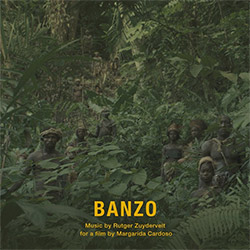




![Sanna, Claudio: Compositori Sardi Contemporanei II [2 CDs]](https://www.teuthida.com/productImages/misc4/35317.jpg)



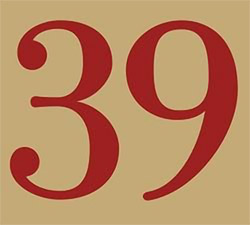
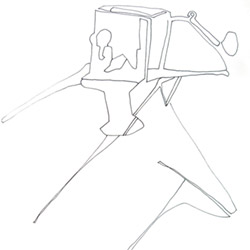


![Zurria, Manuel: Fame di Vento [3 CDs]](https://www.teuthida.com/productImages/misc4/35167.jpg)
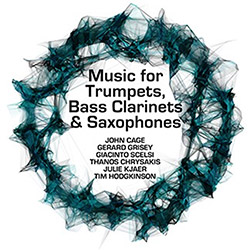
![Granberg, Magnus / Nattens Inbrott / Skogen: Holde Traume, Kehret Wieder! [2 CDs]](https://www.teuthida.com/productImages/misc4/35038.jpg)
![Frey, Jurg: Outermost Melodie [2 CDs]](https://www.teuthida.com/productImages/misc4/35039.jpg)

![Pavone, Jessica: Reverse Bloom [VINYL]](https://www.teuthida.com/productImages/misc4/34895.jpg)


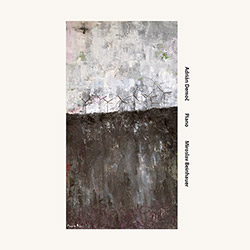

![Modney (Modney / Wooley / Gentile / Roberts / Pluta / Symthe / ...): Ascending Primes [2 CDs]](https://www.teuthida.com/productImages/misc4/34852.jpg)







![Elephant9 with Terje Rypdal: Catching Fire [VINYL 2 LPs]](https://www.teuthida.com/productImages/misc4/35355.jpg)
![Deerlady (Obomsawin, Mali / Magdalena Abrego): Greatest Hits [VINYL]](https://www.teuthida.com/productImages/misc4/34876.jpg)




![Haino, Keiji: Black Blues [2 CDs]](https://www.teuthida.com/productImages/misc4/35109.jpg)



![Surplus 1980: Illusion of Consistency [CD]](https://www.teuthida.com/productImages/misc4/35069.jpg)
![Staiano, Moe: Away Towards the Light [VINYL + DOWNLOAD]](https://www.teuthida.com/productImages/misc4/35037.jpg)



![Caveira (Gomes / Sousa / Abras / Ferrandini): Ficar Vivo [VINYL]](https://www.teuthida.com/productImages/misc4/34643.jpg)
![Gregg, J. J. / David Van Auken: Lunar Prairie [CD w/ DOWNLOAD]](https://www.teuthida.com/productImages/misc4/34611.jpg)
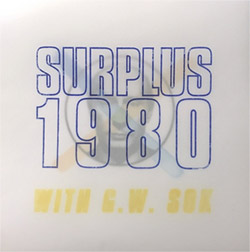
![Coultrain: Mundus [VINYL]](https://www.teuthida.com/productImages/misc4/32439.jpg)
![Mattin: Songbook #6 [VINYL]](https://www.teuthida.com/productImages/misc4/27317.jpg)
![Punkappella: Wake Up [7-inch VINYL]](https://www.teuthida.com/productImages/misc4/17519.jpg)
![Residents, The: WARNING: UNiNC.: Live And Experimental Recordings 1971-1972 [VINYL 2 LPs]](https://www.teuthida.com/productImages/misc4/31521.jpg)
![Coultrain: Phantasmagoria [VINYL]](https://www.teuthida.com/productImages/misc4/30142.jpg)
![Lennon, Sean Ono: Asterisms [VINYL]](https://www.teuthida.com/productImages/misc4/34517.jpg)
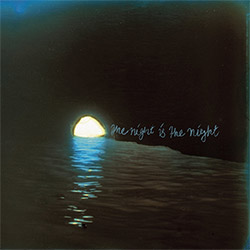
![Coley, Byron: Dating Tips for Touring Bands [VINYL]](https://www.teuthida.com/productImages/misc4/17906.jpg)

![Lost Kisses: My Life is Sad & Funny [DVD]](https://www.teuthida.com/productImages/misc4/lostKissesDVD.jpg)